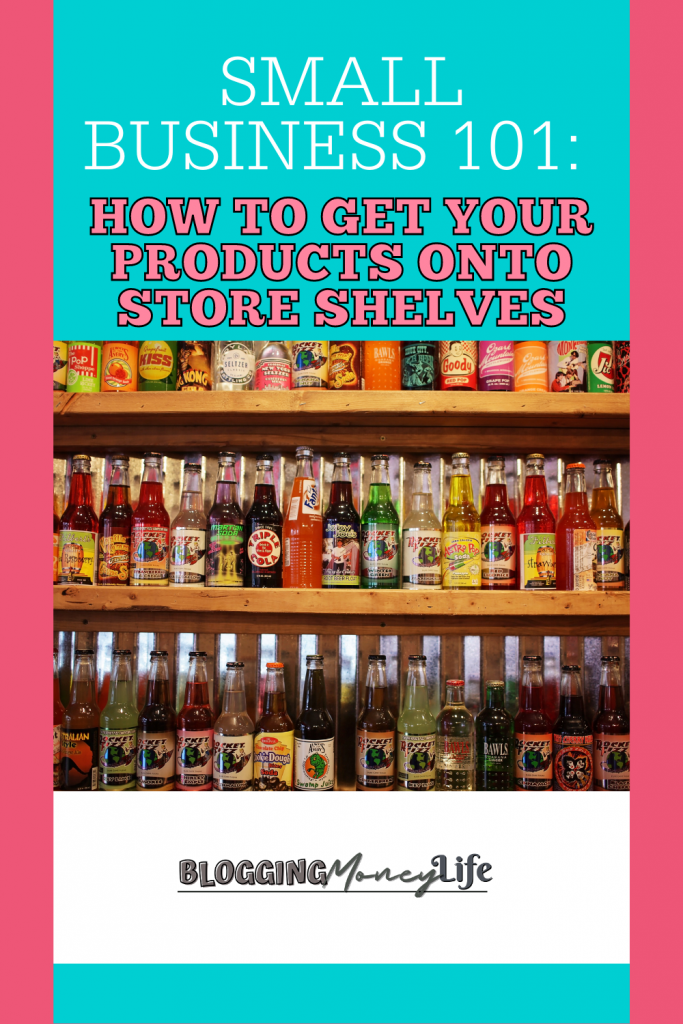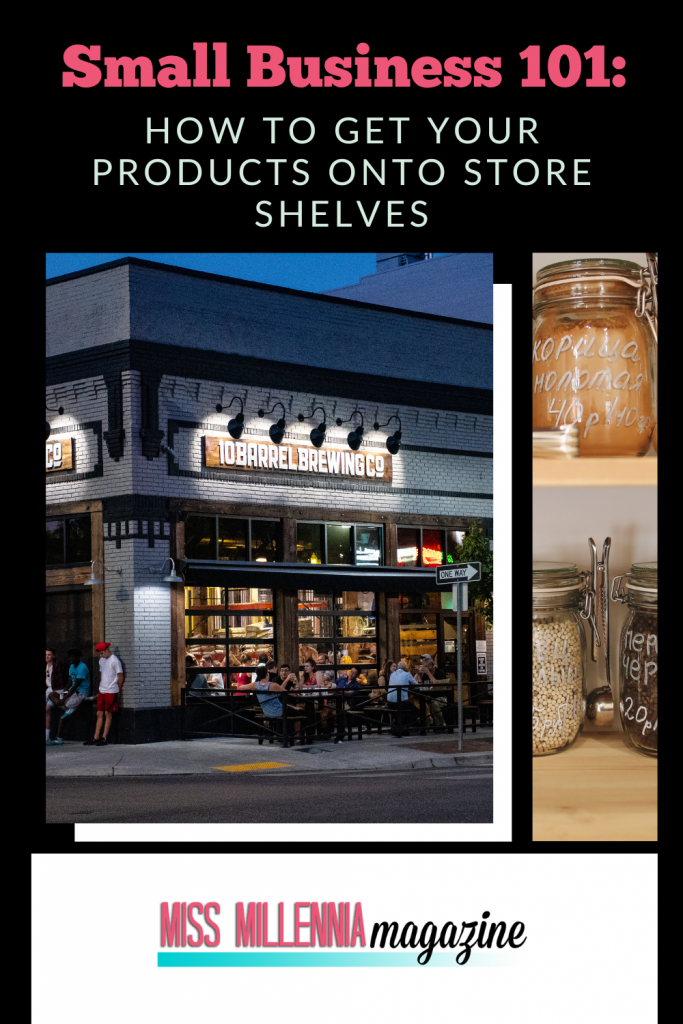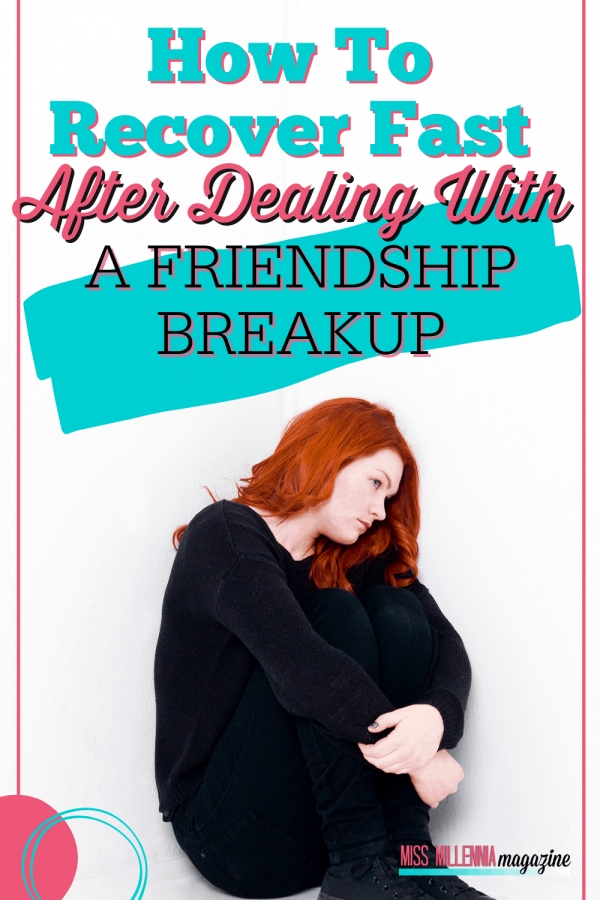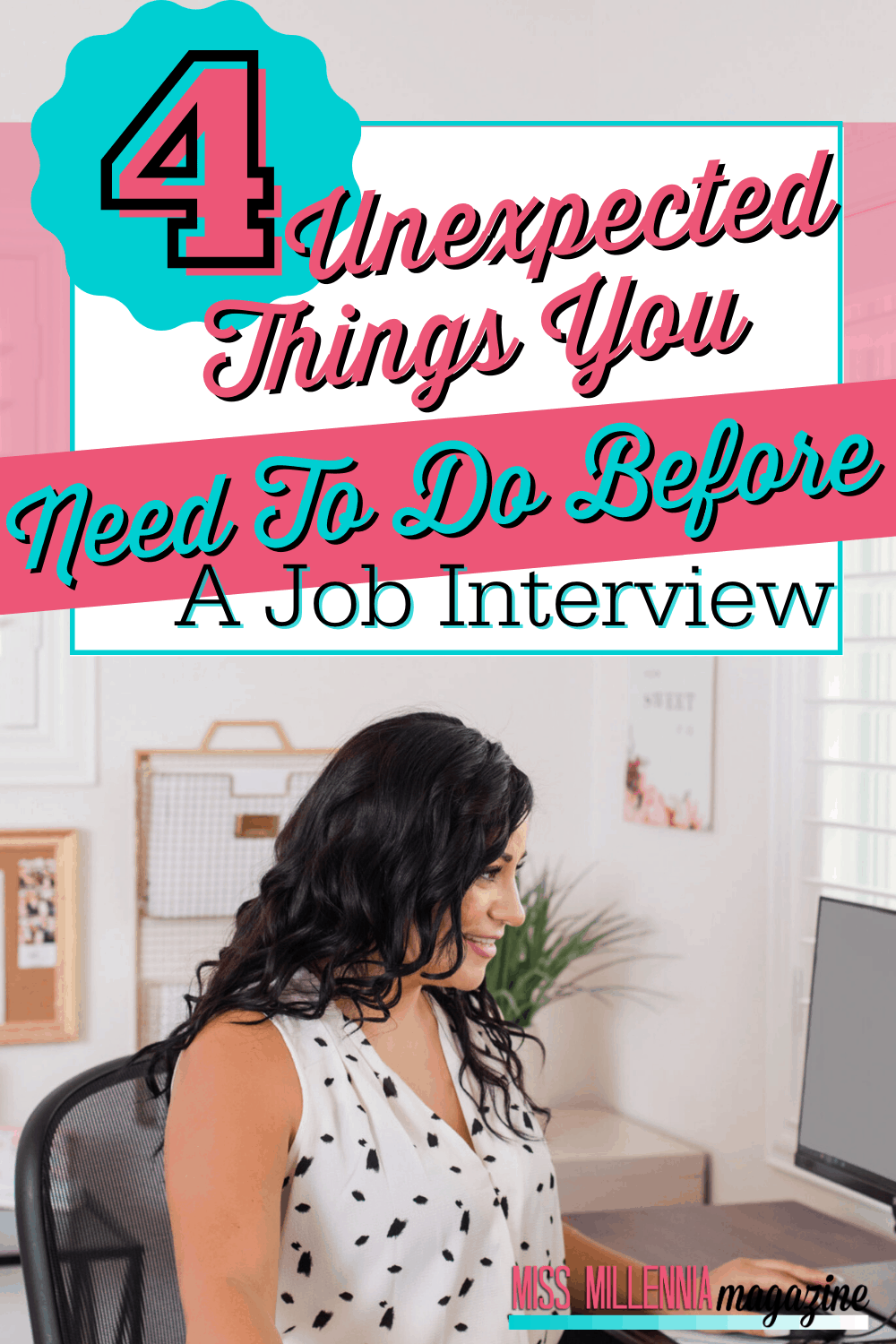Small Business 101: How to Get Your Products Onto Store Shelves
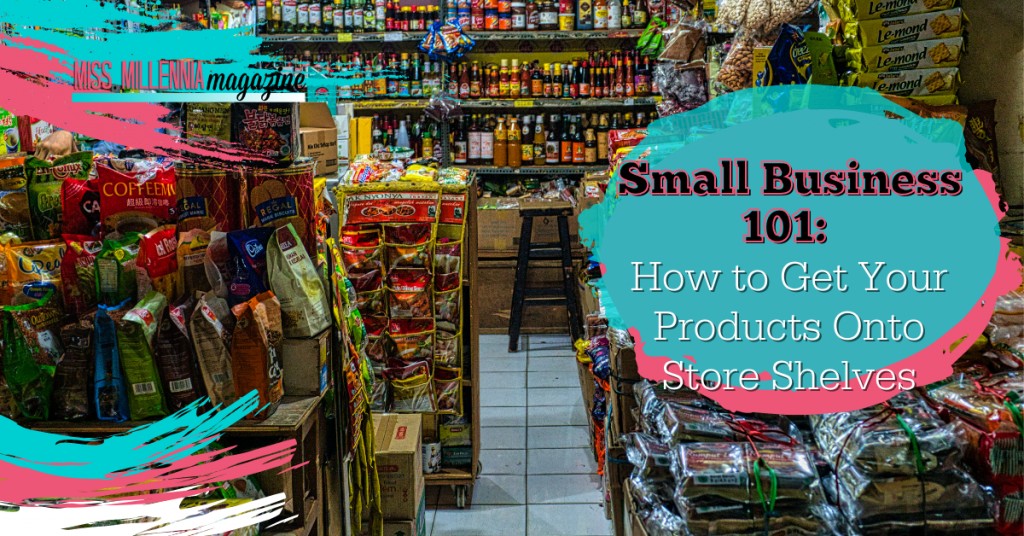
Starting to sell products is hard. If you have a product to sell, you’ve likely already been through a long process of coming up with an idea, designing it, bringing it to life, and testing it. But this doesn’t mean that your journey is over. Getting it on store shelves is the next big leap.
Instead, it’s just stepping through a door into the next stage of your product’s journey from you to your customer. You’ll have to get a store to agree to stock it on store shelves. Sure, you may decide to open up your own store and sell independently.
But for many brands – especially those that specialize in one product or one line of products – being stocked in major stores can help to truly maximize sales and build brand recognition. But what will you need to do to make sure that you get your products onto store shelves as best possible? Here are some suggestions that could help you with this.
Creating the Best Product
If you want stores to stock your products, you will need to make sure they are products worth stocking. This means bringing something special to the market.
This can be anything from standing above and beyond competitors in terms of quality to being of similar quality but at a lower price and more. This is something you will need to look into when it comes to product development anyway.

Still, when you start proposing a store stocks your products, you need to make sure that they know why they should sell yours alongside or instead of other options that they may be considering stocking too. Have a good case in point.
Make sure to push your product’s strengths and ensure it’s something that you truly believe in and are proud of. This may require a good sales pitch, so it’s worth looking into how to pitch your products as best possible.
Packaging
Of course, any product sold will need some sort of packaging. Whether that’s fresh food in Redi-Bag flexible packaging, beauty treatments in glass jars, kids toys in cardboard boxes with cellophane windows, or anything else. In short, the packaging will be required to keep your product safe and ensure that it can be placed on store shelves in a presentable and appealing manner.
Now, so many different elements go into good packaging that you’re going to have to delve much deeper into the matter to create your final package. But here are some key areas to take into consideration:
- Space Saving – few people think about this, but packaging needs to be space-saving to fit as many products as possible into transport vans, store rooms, warehouses, and more. Make sure the packaging properly protects its contents, but use as little space as possible.
- Stackable – as well as using the least space possible, your packaging will need to be stackable too. Think about it. You don’t want random boxes rattling around the back of a lorry or van. Instead, they need to be neatly stacked to keep them in place and to also reduce the number of trips the van will need to do to get all of your products from A to B.
- Sturdy – your products are likely to move around a fair bit before making it onto the shelf. They’ll be loaded into containers on lorries or even planes and ships. They’re going to be placed in warehouses and store rooms. They will be moved around the store depending on merchandising and agreed-on displays. Customers will also be going to pick them up and put them down a lot. As you can imagine, this means that your packaging does need to be sturdy and durable. This will help it to survive the wear and tear. While still looking good when customers want to look at them close up.
Special Offers
Stores may choose their own offers, but sometimes, you may be able to encourage a store to stock your products by offering a special price for them to put on an introductory offer to their customers. Remember that many people are quite reluctant to try out new brands and may avoid spending money on something they’re not sure they will like.
But introductory offers can help with this. It encourages people to try your brand and see what you’re all about. It’s less of a gamble when less money is being spent. Many stores will give you a try if you take this approach. They have less to lose, and their customers have less to lose.
Of course, you need to ensure that this introductory offer is reasonable. While still creating a profit margin for you and your brand. There’s no point losing money on a product just trying to get someone to give it a go.
Shipping
If a store accepts your product and wants to display it, you may find that you need to deliver it in bulk. This means organizing some sort of shipping that will get your goods from the location they’re created or packaged to the store’s location.
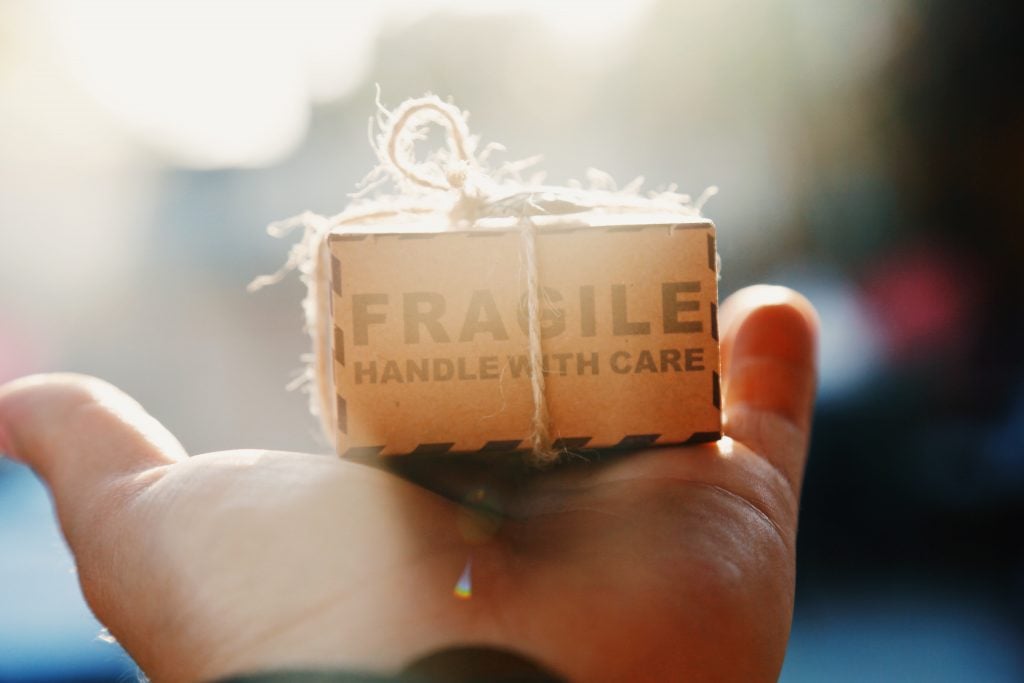
Shipping companies can take the weight of this job out of your hands. They will pick items up from A and drop them to B as you wish. Just make sure to compare different companies and their quotes, as some will offer better rates than others.
You may also want to read reviews. Mostly to ensure that they are conscientious and get your belongings from one place to another problem and damage free.
Sure, getting your products from the drawing board to real life can be hard. But this really isn’t where your journey ends. Instead, you must follow the advice above to successfully take the first steps towards getting your products onto store shelves!


